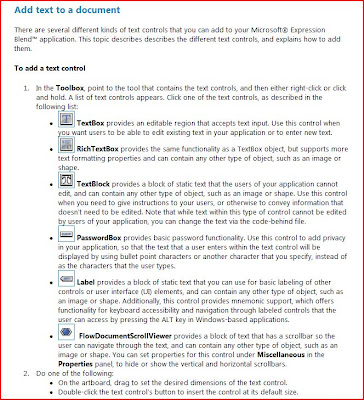Does anyone enjoy recruiting? Probably not. I've done a lot of recruiting in my career. I've read a lot of resumes, conducted phone screens, and of course interviewed countless candidates. After a while, you think you've seen everything. But every once in awhile, somebody comes along to prove to you that you haven't. I just had an experience like that.
The candidate started off harmlessly enough. Let's call the candidate in question Paul. Paul's resume came to me from a recruiter. His resume was kind of interesting. He had done a nice mix of Java and C++. His overall experience was ok, nothing too unusual. His education was also solid, if unspectacular. I see a lot of Java developers who don't know anything but Java, so the fact that he had done his share of C++ attracted me to him. I figured, what the heck, let's setup a phone screen.
The phone screen went ok. He clearly was unprepared for it and knew nothing about the company that was interested in him. That's a huge negative in my book. If somebody from a company is going to give you a call, you should at least do five minutes of research on the company and read their website. Now if the company doesn't have a site, ok, fine. Or if you read it and you can't comprehend it, that's fine too. But do your homework.
Paul wasn't the first candidate who had not done his homework, so I pressed on. I was immediately struck by his arrogance. He wanted me to sell him on my company before he would do anything else. Again this was unusual, but I usually give a "here's info on the company" diatribe at the end of an interview, so I just went ahead and did it at the beginning.
As things became more technical, Paul again did ok. His answers showed decent experience, though they were definitely lacking depth. I pushed for more detail on a few things, and again got mixed results. I moved on to a design question, and he actually did pretty good on that one.
So at this point, I had formed an opinion on Paul. He was a definite "maybe." I don't like to bring maybe's on-site. Bringing a candidate on-site meant a lot of people spending a lot of time to interview him and then discuss the results of the interviews. Luckily, I have an extra tool to use for maybes: a quiz. It's a simple quiz on programming fundamentals. It's often hard to drill down to fundamentals over the phone. This was the case with Paul, so the quiz was well suited for him.
The quiz is automated. I give the candidate an email address. They send an email to it whenever they feel like taking the quiz. It immediately sends the quiz back to them. They send their answers back. Everything is timed of course. That's key actually. The quiz is easy, but the speed that people are able to answer easy questions says a lot about them.
I told Paul about the quiz and asked him if he wanted to take it. He said ok, so I sent him the instructions for taking the quiz.
Last night as I was getting ready to go to bed, I received an email from Paul. In his email he said that he didn't have the time to take quizzes for every would-be suitor. He felt that his degree from an "acclaimed" (his words, certainly not mine) college should be enough to prove that he doesn't need to take a quiz. So if I wanted him to take the quiz, I would have to pay him $85.
I found this so funny that I almost didn't believe it was for real. I must admit, I have never heard of a job candidate who would demand money for being interviewed. What arrogance! What audacity! It's still almost too much to believe. And his reasoning? Because he went to an "acclaimed" college.
I know a thing or two about educational snobbery. I have been guilty of it myself because of
where I went to college. I've never gone this far. For the record, Paul had a bachelor's degree from a public university. I won't say which one, but it's a huge school with over 50,000 students. There's a good reason why his education didn't jump out at me as anything special when I read his resume.
Anyways, I let Paul know that I would pass on his offer and wished him well in his job search.





